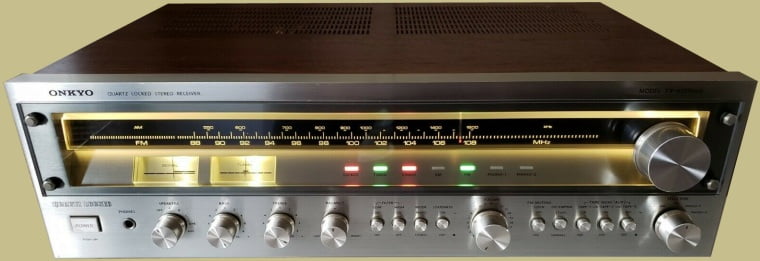
In 1979 Onkyo introduced the Onkyo TX-4500 MKII. It retailed for $479.95 and was the mid range offering in their lineup. Onkyo took the design of their TX-4500 stereo and optimized it, renaming it the TX-4500 MKII. I see a lot of variation regarding the watts per channel specifications. According to the Onkyo TX-4500 MKII service manual, number 3046, the wattage is 60 watts per channel RMS at 8 ohms, both channels driven. It also produces no more than 0.1% total harmonic distortion. So, those are the numbers I’ll go with. The earlier TX-4500 is listed at 55 watts per channel. As a comparison the top of the line TX-8500 MKII listed at $1000 and produced 160 wpc.

The full length glass panel that covers the dial face and meters, and unique knob design, give the TX-4500 MKII an elegant look. Though the metal shells covering the plastic knobs are thinner than other receivers. The detent volume control has a crisp tight feel to it and anyone who has used the push buttons on any Onkyo TX-x500 series knows that they are silky smooth.
Tone controls are wide band and there is no mid control so sometimes the bass can bleed into the mid. There are High and a Low filters as well as Dolby noise reduction and De-emphasis switches.
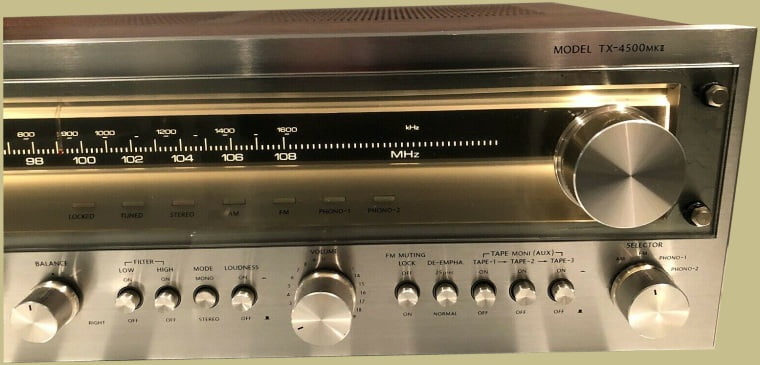
The tuner section is not bad. In fact, Onkyo’s TX-4500 was the first receiver with a quartz locked tuner using quartz oscillator controlled circuitry. They carried that same circuitry over to the TX-4500 MKII. The MKII also has the Human Touch Sensor which is a special sensor circuit that senses your touch on the tuning knob and releases the quartz lock. Once you tune in another station and release the knob the circuit detects the release and engages the quartz lock on the new station. The quartz synchronization system only works on the FM band.
This locking feature works well with fairly strong signals but with a weaker signal it has difficulty and tends to jump between mute and un-mute. There is a 3-position switch on the back panel of the MKII that adjusts the action of the tuning knob sensor.
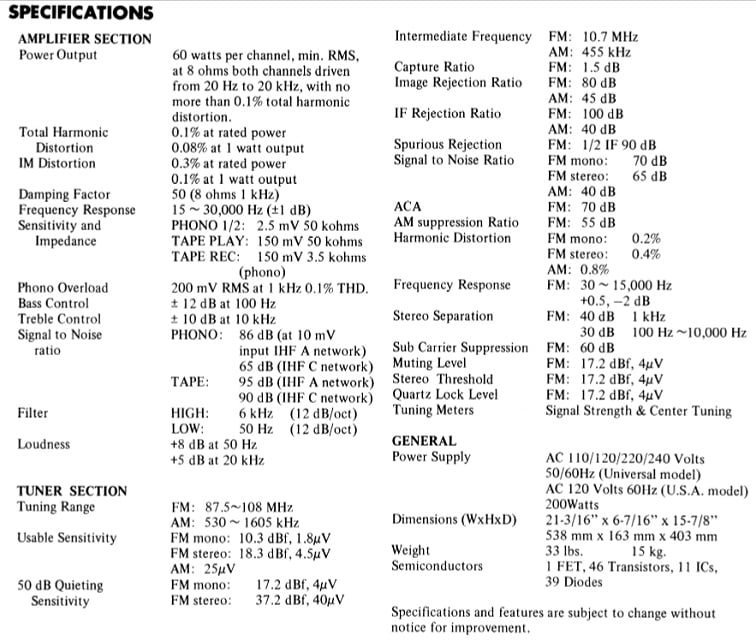
The phono section on the TX-4500 MKII is quiet and reasonably neutral.

What’s the difference between the TX-4500 MKII and the TX-4500? Aesthetically, the TX-4500 MKII has a dial face that runs the length of the front of the receiver and the signal and tuning meters are just below the dial on the left. The TX-4500 has the tuning and signal meters on the same level as the dial face. On the back the MKI has pre-out jumpers while the MKII does not. Also, the speaker connectors on the MKII are of better quality and positioned slightly differently than the MKI. As mentioned above, there is also the 5 watt per channel difference between the two. Both have a metal case covered in a somewhat cheesy simulated wood grain vinyl.
As far as inputs go the TX-4500 MKII is no slouch. It has two phono inputs and three tape inputs. However, it has no Aux input. There are three AC plugs (1 switched, 2 unswitched) and the above mentioned sensor sensitivity switch on the back panel as well.

The general opinion seems to be that the original TX-4500 is built a little better than the MKII version but the MKII is still an excellent receiver. The 60 wpc rating is probably underrated and the aesthetics of the MKII are better in my opinion. In the end both the MKI and MKII are great receivers and will perform well in most any context. Onkyo receivers are still somewhat of a secret in the vintage audio community and can be had for much less than the more popular Marantz or Pioneers receivers with similar specs.
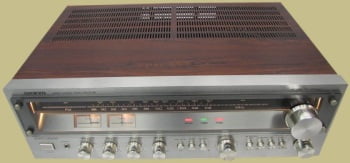
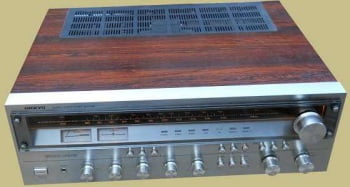
For model TX-4500 MKII are parts available? I need the speaker selector replaced. Or, is there an Onkyo authorized repair dealer in the Pittsburgh area?
Northridge Electronics.Tom Ishimoto runs it.He is the original designer.
Model TX4500 for sale
I bought a tx4500 new in the late 70’s and its worked perfect. Now, 50yrs later, when turning it to FM, there is not a sound. Not sure if its the selector switch, or something else. Hate to trash it. I like the A/B/C switching. What are my options to repair it? I’m in Los Angeles. Thanks, Scott
Mine had the same issue. It was internal problem. I see this is older post, but I hope you got it repaired. It may cost you $300.00 to $500.00, but it is well worth the cost. But whatever you do, please do not trash it.
Hello, I was just browsing Goodwill and I picked one up for seven dollars in perfect working condition hooked up for speakers. You can hook up six I love this thing.
I came across one It needed repair. I figured I could do some work myself which I did, I don’t know a lot about electronics. But I like fixing things. When as far as I could. But I was lucky and found a they small repair shop about about 30 miles away. It took almost a year to get it back. But it was worth it and I was not in a hurry. Again, this was a one man shop and he told me. It might take that long and it did. I did spend $200 on getting it fixed. But I’m really happy with it, so don’t throw it away. Look around and take your time.